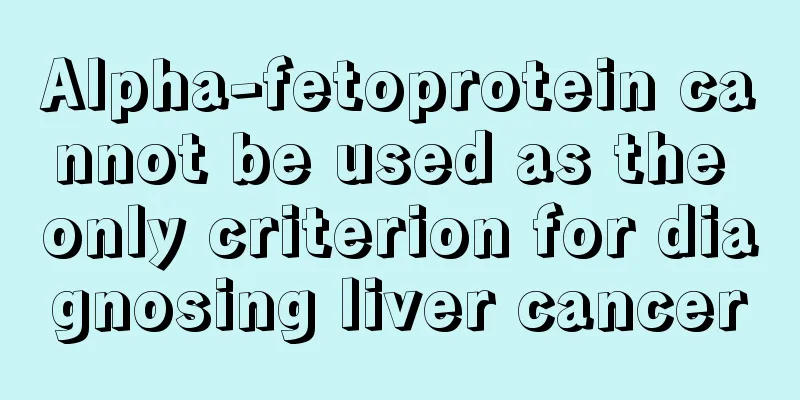Fructose diphosphate sodium

|
Sodium fructose diphosphate is a commonly used drug for the adjuvant treatment of myocardial ischemia, angina pectoris and cerebral infarction. It is available in two specifications: oral and intravenous. As the name suggests, sodium fructose diphosphate contains fructose, which can replenish people's calories and provide nutrition to the whole body. Fructose is the only sugar that diabetics can come into contact with, so sodium fructose diphosphate is called a commonly used drug for energy replenishment for diabetics. During use, sodium fructose diphosphate may cause adverse reactions such as nausea, loose stools, upper abdominal burning sensation, and abdominal bloating. Family members or medical workers can report the above conditions to the doctor in a timely manner when the patient encounters the above conditions. Usually, patients can tolerate such adverse reactions and there is no need to stop taking the medicine. Sodium fructose diphosphate is contraindicated in patients with renal failure. Sodium fructose diphosphate, also known as 1,6-diphosphate fructose, is a cellular metabolite present in the human body. It can regulate the activity of multiple enzyme systems in glucose metabolism, improve the state of cellular hypoxia and ischemia, and is beneficial to the recovery of damaged liver cells. This product is a cellular metabolite existing in the human body and can regulate the activity of multiple enzyme systems in glucose metabolism. It is reported that exogenous sodium fructose diphosphate can increase the concentration of intracellular adenosine triphosphate and creatine phosphate by activating the activity of phosphofructokinase and pyruvate kinase, promote the influx of potassium ions, and benefit the energy metabolism and glucose utilization of cells under ischemic and hypoxic conditions, thereby reducing damage to ischemic myocardium. The required dosage is 50-100 ml (5-10 g), 1-2 times a day. Generally, 5 g of fructose diphosphate sodium requires 10 minutes to complete the infusion. Note: There may be numbness of lips and local pain during injection which is related to the drip rate. Occasionally, dizziness, chest tightness and allergic reactions such as rash may occur, but generally do not affect treatment. This product should not be dissolved in other drugs, especially not mixed with alkaline solutions or calcium salts. It is contraindicated for patients who are allergic to this product, have hyperphosphatemia or severe renal insufficiency. For patients with heart failure, the dosage should be halved. In recent years, sodium fructose diphosphate has been widely used in the treatment of diabetic patients. Although sodium fructose diphosphate contains sugar and can be converted into glucose, it is ineffective for hypoglycemia symptoms. Therefore, everyone should recognize sodium fructose diphosphate, understand its characteristics and adverse reactions, and popularize common knowledge about disease treatment. |
Recommend
How is testicular cancer diagnosed?
The testicle is an important organ for men. Once ...
What to do if your hands feel hot and painful after peeling chili peppers
Many friends who like to eat chili peppers should...
What are the taboos of soaking medical stone in water?
Medical stone is a common mineral that contains t...
Let’s learn about the causes of melanoma
There are many factors in life that can cause mel...
Dietary principles for patients with ovarian cancer
Ovarian cancer is one of the most common tumors o...
Is it good to eat pumpkin seeds for lung cancer?
Pumpkin seeds are a type of nut. They are a very ...
What is the treatment for pericardial effusion
Pericardial effusion poses a certain threat to he...
Can cervical cancer be cured?
A female patient was recently diagnosed with cerv...
How to use an egg boiler and how much water to put in it
The nutritional value of eggs is very high, so ea...
Thyroid cancer will not metastasize to the armpit
Thyroid cancer is a malignant tumor that may meta...
Lower eyelid wrinkles
Many people in life have troubles with wrinkles o...
Tips on how to fade eyebrow tattoos
Eyebrow tattooing is a hot topic in contemporary ...
How to arouse desire
There is a seven-year itch in marriage. As the ma...
As autumn approaches, how can we prevent lung cancer?
What are the ways to prevent lung cancer? There a...
How to disinfect ear piercings
Getting your ears pierced is not difficult, and y...









